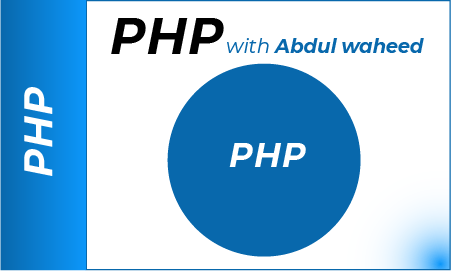PHP & MySQL
PHP (Hypertext Preprocessor) is a server scripting language that is especially suited to web development. Fast, flexible and pragmatic, PHP powers everything from your blog to your e-commerce site. Advanced PHP and MySQL Tips And Tricks That Can Make Developer's Life Easier. PHP and MySQL Best Practices and Tips by Abdul Waheed - A Pakistani Freelancer

- Details
- Category: PHP & MySQL
I will show you, How to Get Yesterday and Tomorrow using MySQL SQL Query?

- Details
- Category: PHP & MySQL
I will show you, How to get ip address using PHP.

- Details
- Category: PHP & MySQL
I will show you, How to copy a MySQL row or record within the same table using PHP.

- Details
- Category: PHP & MySQL
In this article, we will learn: How to create a unique slug or alias based on Title for that specific entry, using PHP and Joomla.
